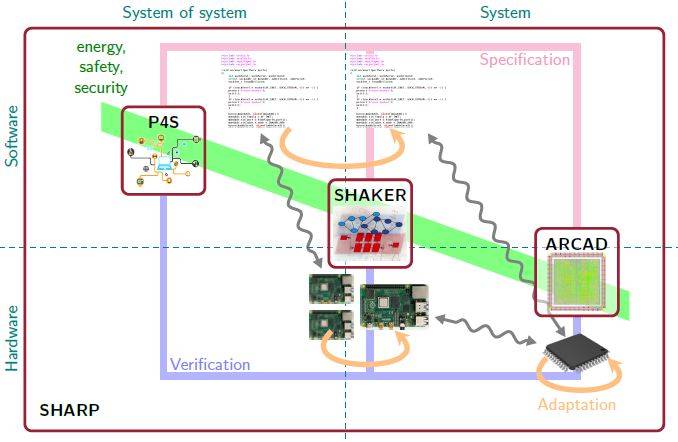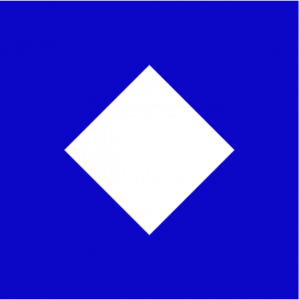Until few years ago, embedded systems were often isolated from their environment. Due to new applications such as IoT, autonomous systems or more generally applications that require significant computing and storage resources (e.g. artificial intelligence, big data), the border between embedded systems and their environment is disappearring. The environment involves uncertainty which makes it difficult to guarantee non-functional properties, but also allows for additional or new resources. Thus, embedded systems must coexist or even interact with entities whose behavior is not completely known at design time. Moreover, the limited resources associated with embedded systems are no longer one of their fundamental characteristics: edge computing, the cloud, allows access to significant computing and storage resources. These embedded systems cannot longer be designed as isolated: they are now part of a whole, of a much larger and more diffuse distributed information system, of a system of systems.
These systems of systems has a growing complexity and combine heterogeneous systems or applications, of different natures and needs, including legacy both in terms of hardware (IP for intellectual property or hardware block) and software. They are operating into an increasingly uncertain environment. They nevertheless have to meet functional and non-functional requirements (eg energy footprint, security, safety, temporal behavior), the guarantee of which are not limited only to the system itself, but also to other entities that interact with it. Ensuring these requirements in this new context is a difficult challenge which requires:
1) To study the architectures of these systems at all their levels: from the lowest hardware layers to the highest software layers, as well as their interactions and the tools necessary to specify, design, validate, evaluate and to exploit.
2) To have expertise in various research fields such as: hardware architectures, CAD tools, parallel architectures, specialized architectures, reconfigurable architectures, software / hardware interactions, embedded intelligence, computer systems 'operations, distributed systems, property verification, model federation, systems and software build processes.

SHARP intends to study models, methods and design support tools centered on "architecture" for these new embedded systems and their environment. The term architecture is understood here in the broad sense. It can be hardware architecture on the lowest layers up to the architecture of the complete system in which the studied system is embedded, or even its software architecture, taking into account application needs and software / hardware interactions. SHARP is multidisciplinary and brings together researchers in computer science, automation and signal processing and electronics organized in three teams : teams ARCAD, SHAKER and P4S.

